My goal is to set up a more compact alternative to using the chargemaster, which is big to store and takes a certain amount of bench space to use. I know that it is almost possible to get acceptable powder charge weights just using a Lee dipper. Check weighing loads might then only require a small set of scales.
The smallest I could see in a quick online search were ones branded Frankford Arsenal. I use one of their powder funnels, after having tried as few others, so thought they could be OK for handloading. The scales come with a single 50g calibration weight; a powder tray and batteries are included ! In fact, there was a piece of plastic in the battery compartment under the neg end of one battery so they didn’t run down before you receive them. Classy.
The reference scale that I compared it to was the Chargemaster 1500, which I have used for 10 years and used to make accurate enough amm. It is very stable; I use a weight which is 44.3 gr (a metal nut) and it usually measures 44.3. About once in 10 it gives 44.4 gr. Previous testing showed it gave the same results (± 0.1 gr) as my Lee Safety balance scale (data not shown).
Pic 1 “in the box”.
Setup, calibration and zeroing (“tare”) were straightforward once you read the instructions. I ran the trial with a laptop next to them and under a low wattage light bulb, which I presume is fluorescent of some sort. The phone was playing music through a bluetooth speaker on the other side of the room. I went straight into testing within 10 minutes of switching on the Frankford and the Chargemaster.
Ergonomics, controls and ease of use were all good. The batteries were new.
The first test of performance was for precision. Does it give the same result each time ? I used 4 nuts of different sizes and weighed each at intervals throughout the first evening of testing, obtaining 5 replicates for each nut. The true test of precision will be repeating this on several sessions and over a long period of time, as the scales age and the batteries lose charge.
Pic 2 “The Nuts”
Precision results:
The consensus (mode) weights reported for the 4 nuts were: A 13.8 gr, B 33.3 gr, C 44.1 gr and D 214.0 gr. In each run of 5 replicates, reported weights fell within a range of 0.1 and one of the 25 replicates was 0.2 gr away from the other measurements for that nut. Precision was under x ± 0.1gr on a single evening and there was no drift over a period of 1 hour. The RCBS scale also gave identical results or within 0.1 gr for 24 of 25 measurements, and one reading that differed by 0.2 gr.
Pic 3 Run Charts
Weighing Powder
The second test was correlation, using rifle powder. Does the Frankford Arsenal scale give the same results as the RCBS Chargemaster over a range of weights ? For this, I weighed AR2208 powder scooped with a range of Lee dippers calibrated in cubic centimeters (cc). My scooping could have varied a bit from the ideal, but I weighed the same charge of powder on both scales.
Correlation results:
There were 13 different powder weights, ranging from 4 gr up to 60 gr (I’m missing two dippers from the set of 15). Powder weights were linear relative to the nominal cc capacity of the dippers.
Pic 4 Weights by volume
Comparing the reported measurement from the Frankford scale, using the Chargemaster weight as the reference, the correlation coefficient R2 calculated by MS Excel was “1”. (To 10 significant figures it was 0.9999919140 .) I’ve never seen this before. The slope was 0.9973 and the intercept was 0.12 gr.
Pic 5 Correlation with RBCS Chargemaster
The relationship was consistent over the range of powder weights. This bias chart shows that, for 7 charges, the Frankford Arsenal scale reported 0.1 gr heavier than the RCBS, for 4 charges, they gave the same result and for two charges the Frankford Arsenal gave 0.1 gr less than the RCBS. This is consistent with the intercept of + 0.12 gr.
Pic 6 Bias Plot
So, the Frankford Arsenal scales give interchangeable results with the RCBS chargemaster, which I have developed loads on, over the range of commonly used powder weights.
Weighing Brass
Next exercise was to try it out for another use of reloading scales, weight sorting brass. I had some once fired factory brass from Sako and Norma.
The 10 Sako cases weighed from 178.2 to 179.3 gr, a range of 1.1gr (0.6%). The two scales gave identical readings for 6 cases and 0.1 gr different for 4.
Pic 7 Sako case weights
The 10 Norma cases had a range from 169.4 to 173.3 gr, an overall range of 3.9 gr. But the first 5 were within 1.4 gr and the second were within a range of 0.9 gr and they didn’t overlap.
Pic 8 Norma cases first weight
I had put the cases back in the order I tested them so could reweigh them to check whether the scales had perhaps drifted between cases 5 and 6. But repeat weights for each case were within 0.1 gr or the first weighing. Again, the RCBS and Frankford Arsenal scales gave the same weights, with only one measurement differing by 0.2 gr and the rest were either 0.1 apart or identical.
Pic 9 Norma cases second weighing
Both scales identified two weight populations which could easily be distinguished. So, both the scales are satisfactory for weight sorting cases, if you choose to do it.
Conclusion:
The Frankford Arsenal D750 scale gives powder and case weights that are interchangeable with those from the RCBS Chargemaster 1500 that I worked loads up on. Precision is good enough that each powder charge can be considered accurate for consistency and safety.
Limitations:
The scales are new and the batteries are new so, in ongoing use, standard weights will need used to build up more confidence in stability over time.
Welcome guest, is this your first visit? Create Account now to join.
Welcome to the NZ Hunting and Shooting Forums.
Search Forums
User Tag List
Results 1 to 2 of 2
Threaded View
-
11-05-2023, 09:14 PM #1Member

- Join Date
- Mar 2012
- Location
- Waikato
- Posts
- 2,189
Frankford Arsenal DS-750 Digital Scale Review and Verification Test
Tags for this Thread
Welcome to NZ Hunting and Shooting Forums! We see you're new here, or arn't logged in. Create an account, and Login for full access including our FREE BUY and SELL section Register NOW!!




 5Likes
5Likes
 LinkBack URL
LinkBack URL About LinkBacks
About LinkBacks
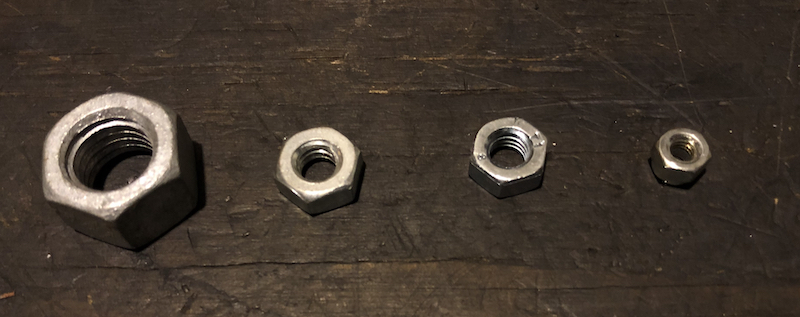
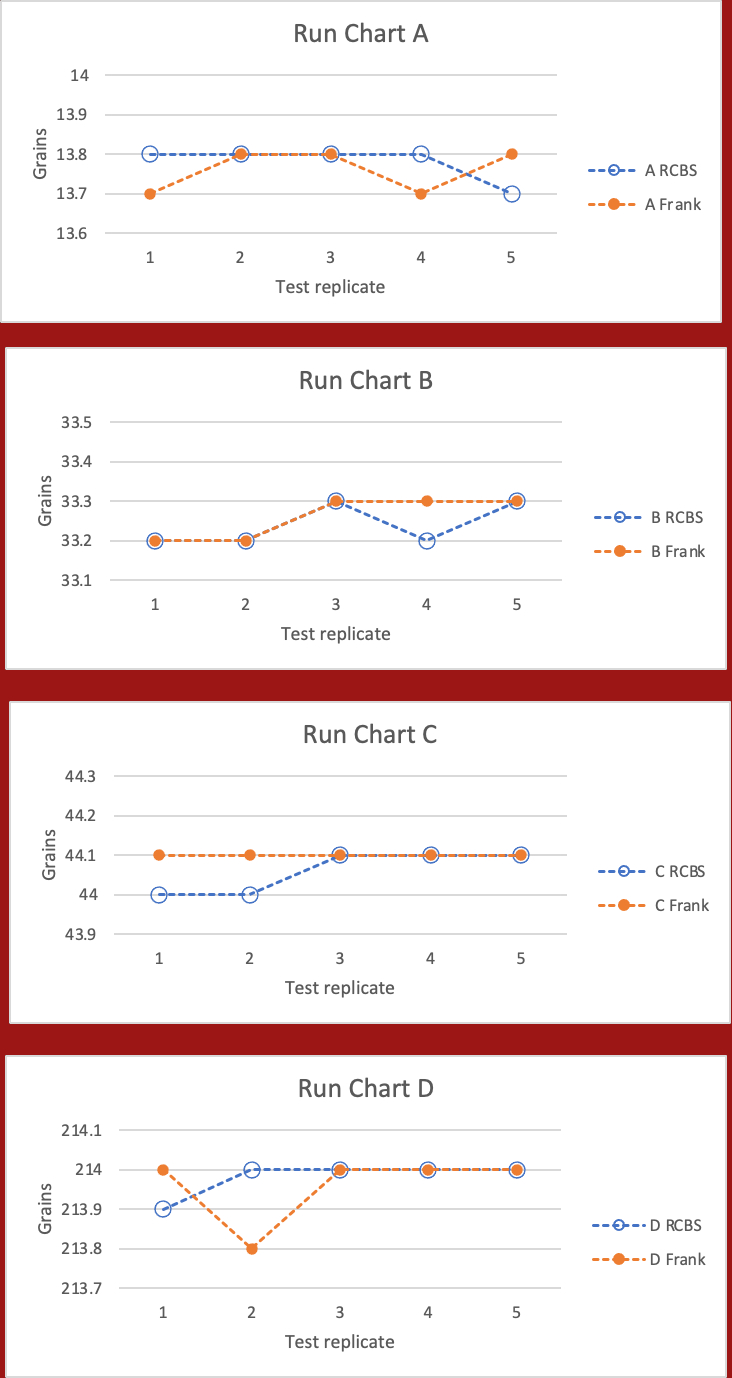
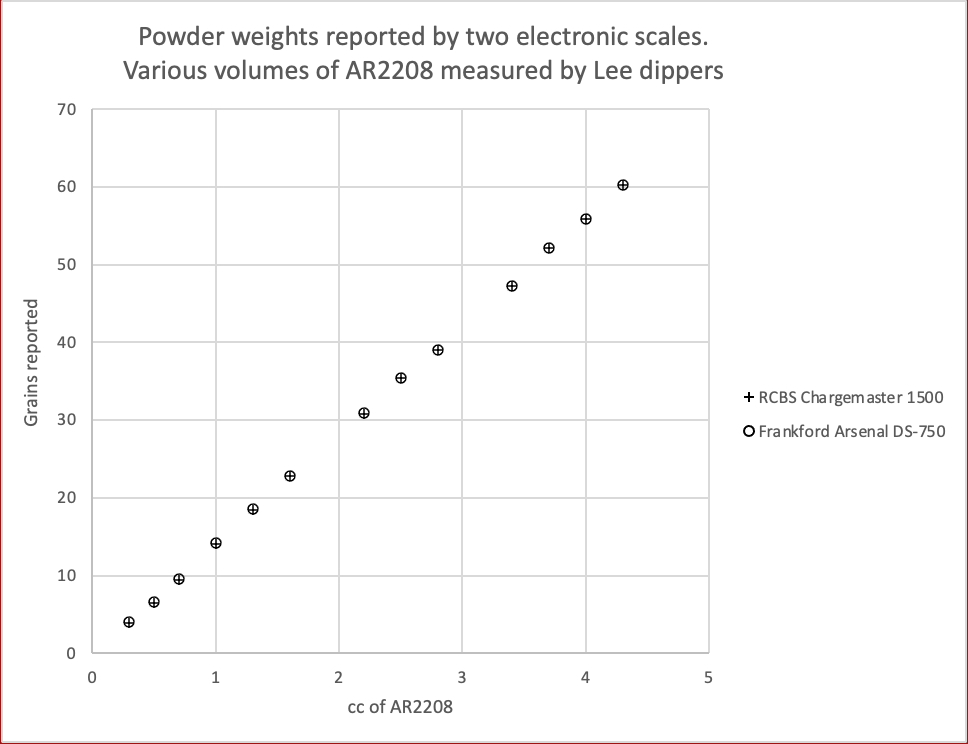

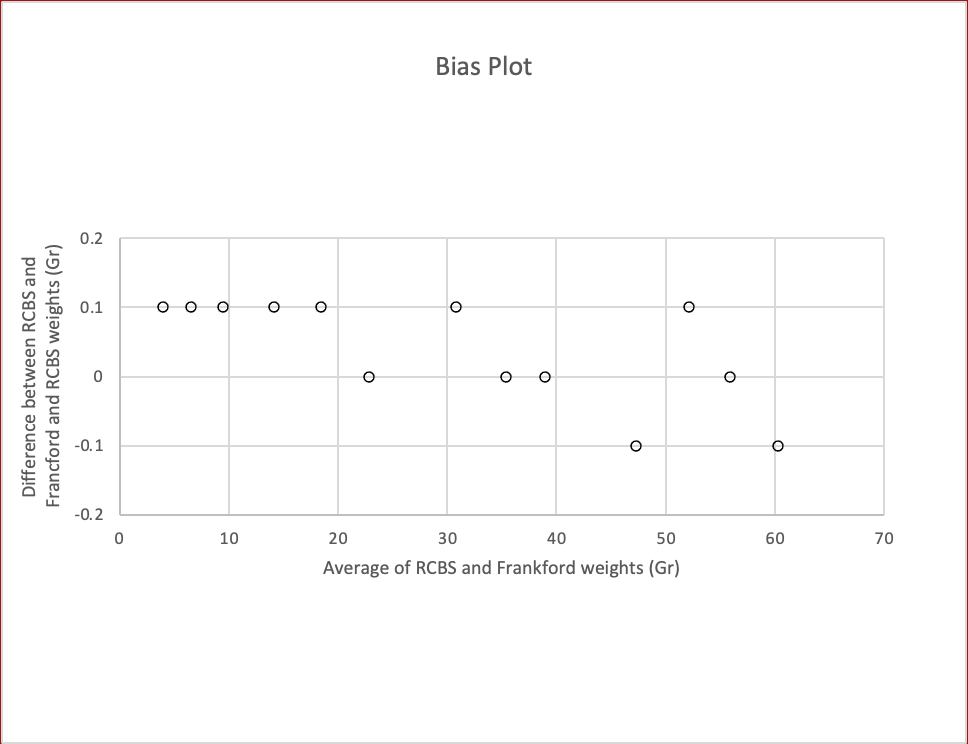
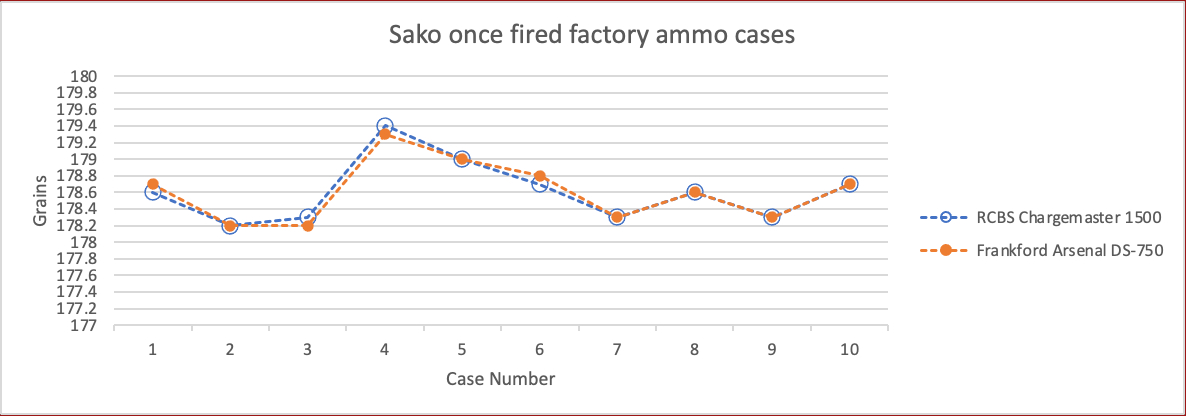
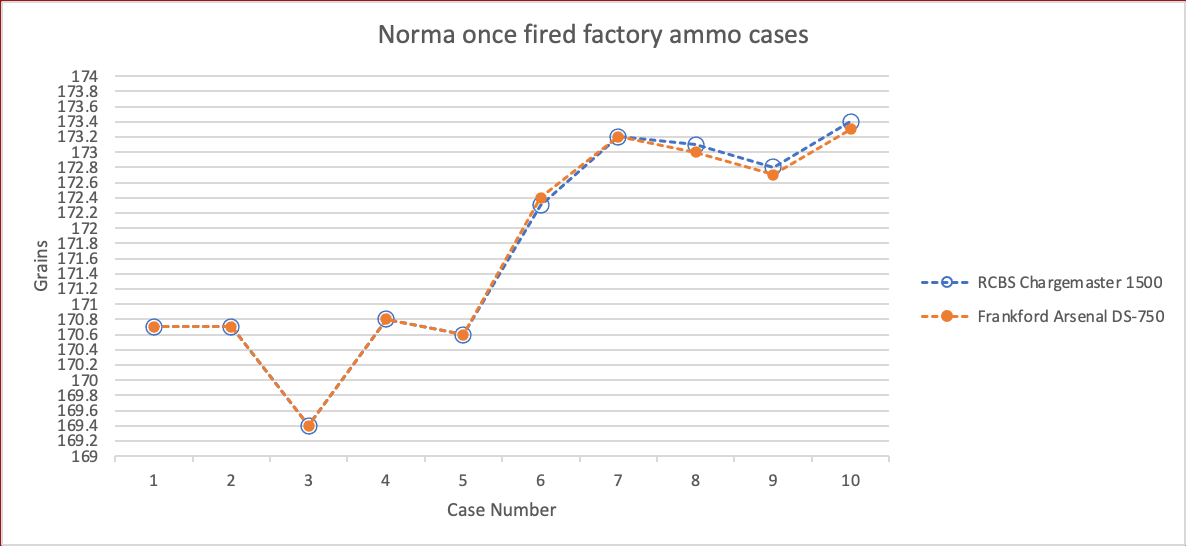
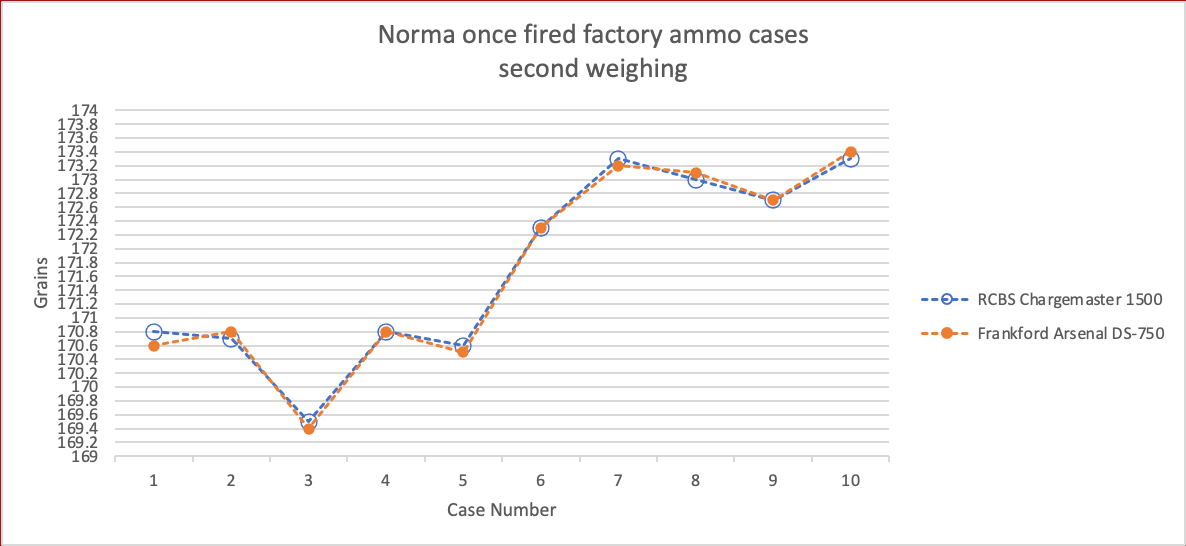





 Reply With Quote
Reply With Quote


Bookmarks